"Let's Talk About" Series, Ask A Pixie, Herbal Recipes, Herbalism
How do I learn about herbs?
Amber Shehan • March 11, 2014
So you want to be an herbalist or to learn about herbs and plant wisdom. Good for you! How do you get started to learn about herbs? Stepping onto an herbal path can seem overwhelming at first, especially in these modern days of mass communication. It is a blessing to have so much information at…
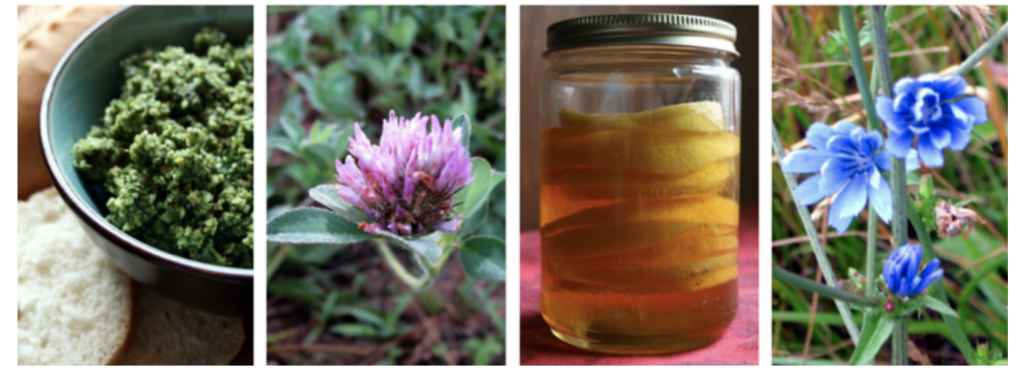
So you want to be an herbalist or to learn about herbs and plant wisdom. Good for you!
How do you get started to learn about herbs? Stepping onto an herbal path can seem overwhelming at first, especially in these modern days of mass communication. It is a blessing to have so much information at our fingertips, but it can be a mixed blessing.
On every site and every forum, there’s at least one self-proclaimed expert on every topic imaginable. Who do you listen to? How do you know who to trust? How do you find a teacher or at least a guide to support your herbal journey? There are some truly knowledgeable folks out there, but there’s also a slew of dishonest types who make up their own brand of pseudo-science just to sell their own products or to inflate their own egos.
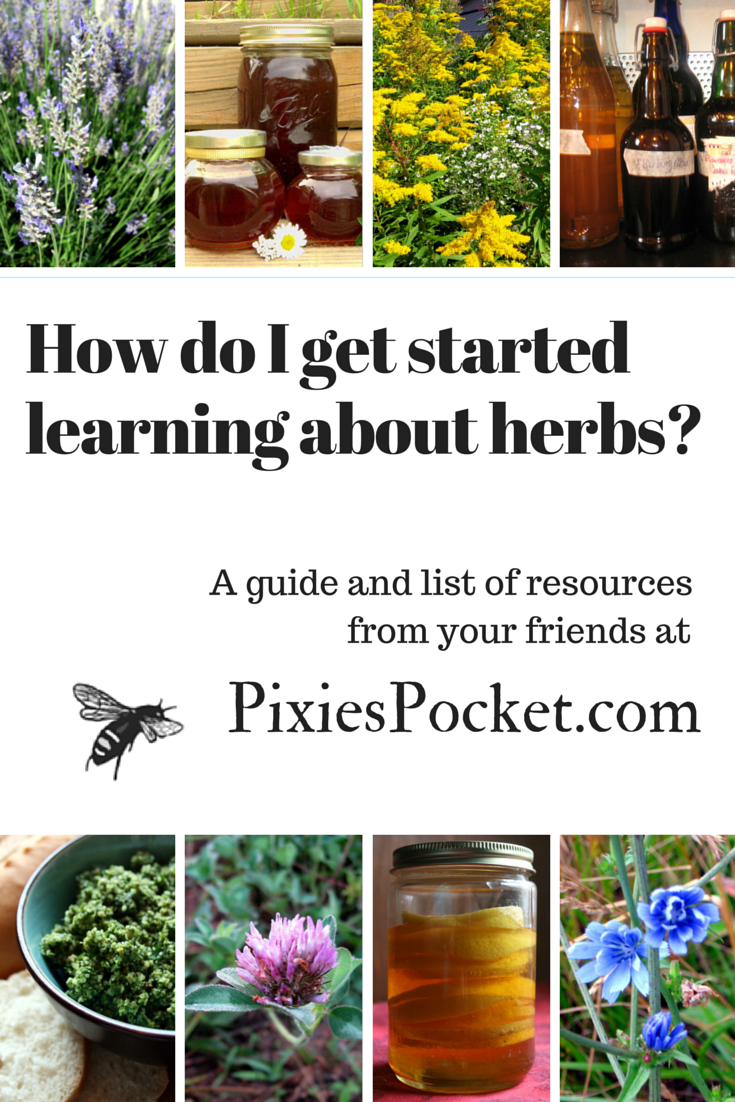
Why not listen to yourself?
You already know a few things about herbs. You might not be a walking encyclopedia of herbal knowledge (yet!) but you know more than you might think you do.
Sit back for a minute and think about herbs in your life. Maybe you’ve taken a cup or two of chamomile tea on a sleepless night, or brewed some pre-mixed herbal tea blends for other ailments. You know that mint is good for helping get rid of bad breath, but it’s also served after dinner as a digestive because it helps you to burp! Cinnamon warms you up in the winter, and so do hot toddies, lemon juice and honey are delicious and helpful in teas…all of these are valid herbal allies. All of those “minor” herbal recipes are good, solid hearthcraft. You have already planted the seeds for your herbal education.
I began my herbal path as a teenager. I was suffering from migraines and severe anxiety. I couldn’t relax, much less sleep at night. In a stroke of luck, I was given a teacup and herbal tea set as a holiday gift from a family friend. Included among the herbal teas was something called “Chamomile.” I’d never tried it but recalled having seen it mentioned in stories I’d read. I brewed a cup and sweetened it with honey, drank it, and soon found myself relaxed. I was able to sleep that night, and it was the first untroubled sleep I’d had in weeks.
These were the days before the internet, and so I had to continue my research using my local libraries. The bookshelves of my friends and family were not much help in my quest. I would take a notebook into bookstores so that I could take notes in the very small “alternative medicine” section since I couldn’t afford to buy the copies for my own shelves. That tended to annoy the clerks in the local new age shops since I had no money to spend!
My progress went slowly for a few years. I didn’t know many herbfolk in those days and my herbal interest sat on a back burner until I found a community with herbalists and resources to help me expand my education.
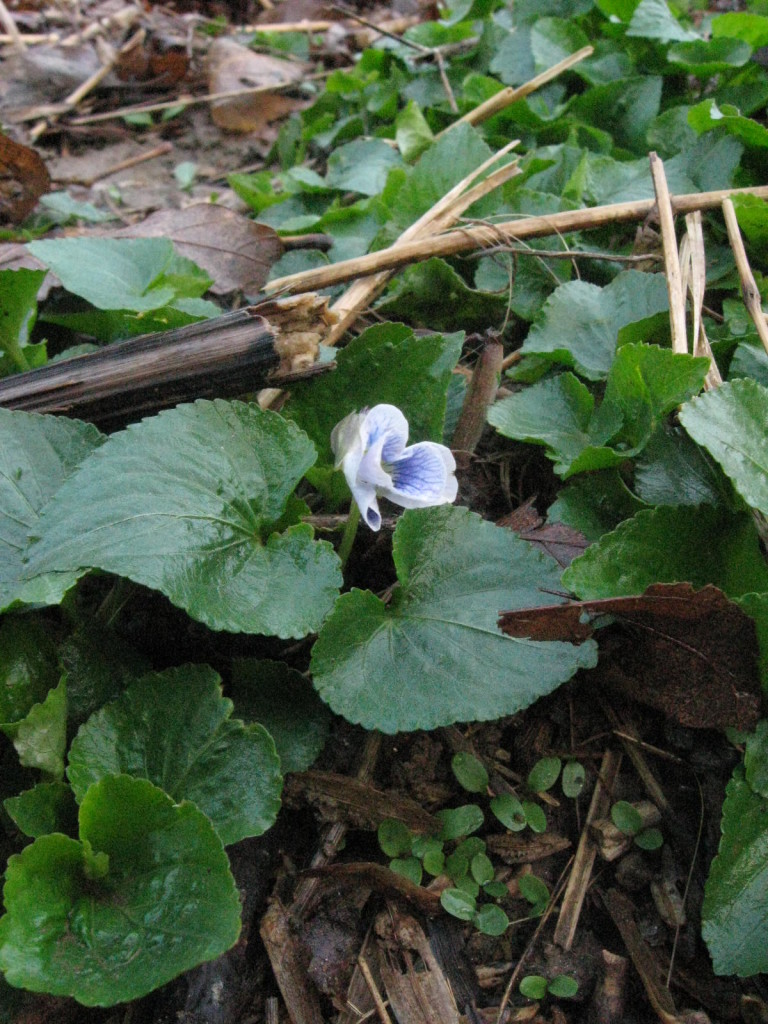
Next, listen to the plants.
GO OUTSIDE.
Walk around your home. It doesn’t matter if you are in the city, suburbs, or countryside…plants are everywhere! From purslane and chickweed creeping through the sidewalk cracks to vast fields full of dandelion and burdock, the weeds are the heartiest, strongest teachers we could ever wish for. Give a second glance to that pot of thyme and basil on your balcony, or your neighbors’ nasturtiums and roses. They are more than just pleasure for the eyes, nose, and taste buds. Those are plants with power!
Observe – Pick a plant that grows in your area. Choose one that you can already identify…you don’t have to go all exotic. There are old friends like dandelion, rose, and clover, just waiting for you to join them. Find a plant and sit with it…literally. Spend time near it, and observe it. Pull up a blanket and have a picnic in your city park and just watch your chosen plant. What do the leaves look like? The flower? Do bugs visit the plant? Does it have a smell? (Don’t taste it quite yet!)
Research – Go home and hit the books! Use the internet, knowledgeable friends, plant guidebooks, foraging guides, and botanical books. Learn the name of the plant, both the Latin and the common names. Is the plant edible? Are people often allergic to it? Learn when to harvest it, and what parts to harvest. Learn what to do with it. If you are confident that your chosen plant is edible and safe to explore, try nibbling the fresh plant, or infusing a tea. Smell, taste, experience the plant’s gifts. Do it again the following day. Maybe try making a syrup, tincture, or other medicinal preparation from the plant.
Document – Take copious notes of your experiences with the plant from the beginning to the end of your lesson. Write down your research and your own personal notes – how did the tea taste? How did you feel before and after your tea? Review your notes occasionally, and when you are done, pick another plant and start over! Thus do we grow and learn.
“Plants will touch us at depths only found within an intimate relationship, often bypassing walls we put up within our own human relationships.” For more, read “How to Learn Herbalism Directly From Plants” by Sage L. Maurer
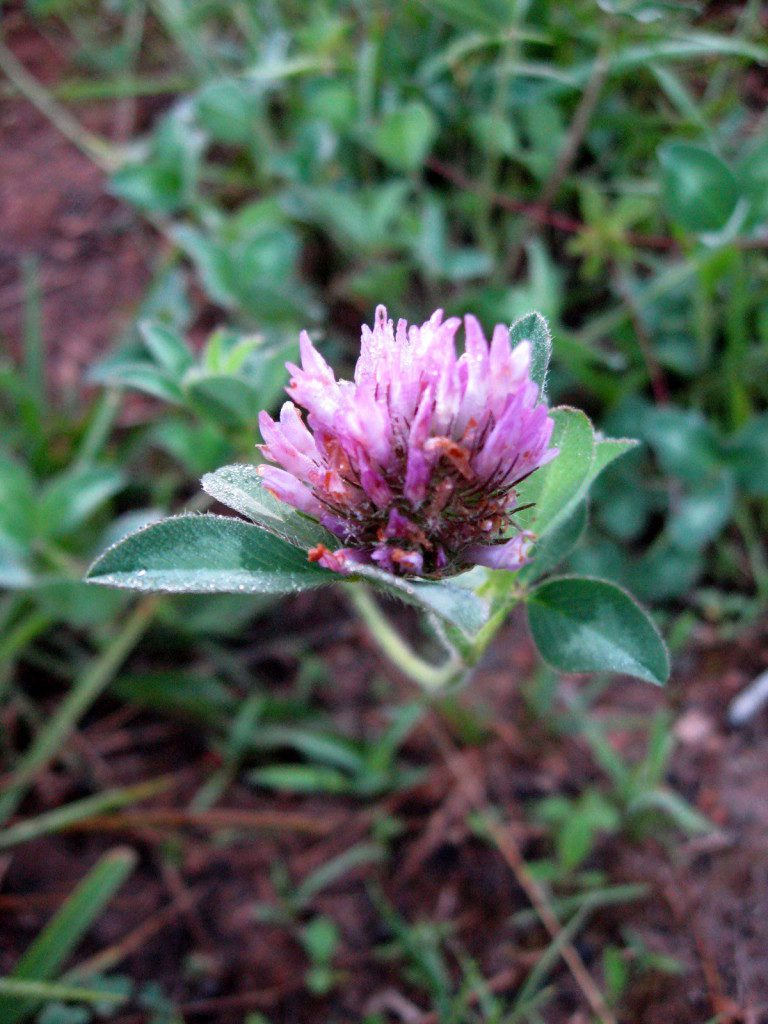
Foraging & #EatYourWeeds
There are herbs and plants all around us, and so many of them are edible or helpful, but most folks just don’t realize it! Look around and see how many plants you can identify just by sight. Take a walk in a park or nature center. Bring along a friend who knows native plants, or grab a copy of a field guide to start learning more about the plants that you know and how to identify those you don’t.
My favorite place to explore is the half-acre of my rental home out in the rural suburbs. I don’t spray my yard with weed-killing chemicals, because I love the ecosystem of my little yard and because I eat my weeds! (Try this Wild Greens Pesto recipe!)
Here are a few examples:
- Dandelion is a blood cleanser, high in iron, and bitter but tasty from root to flower.
- Chickweed is a great spring green to eat, and it helps heal cysts and skin issues.
- Violet leaves, pretty heart-shaped green leaves, are great in a salad, and the little flowers are edible and high in Vitamin A!
- Goldenrod is delicious, beautiful, and great for allergies. You might think you are allergic to it, but you aren’t.
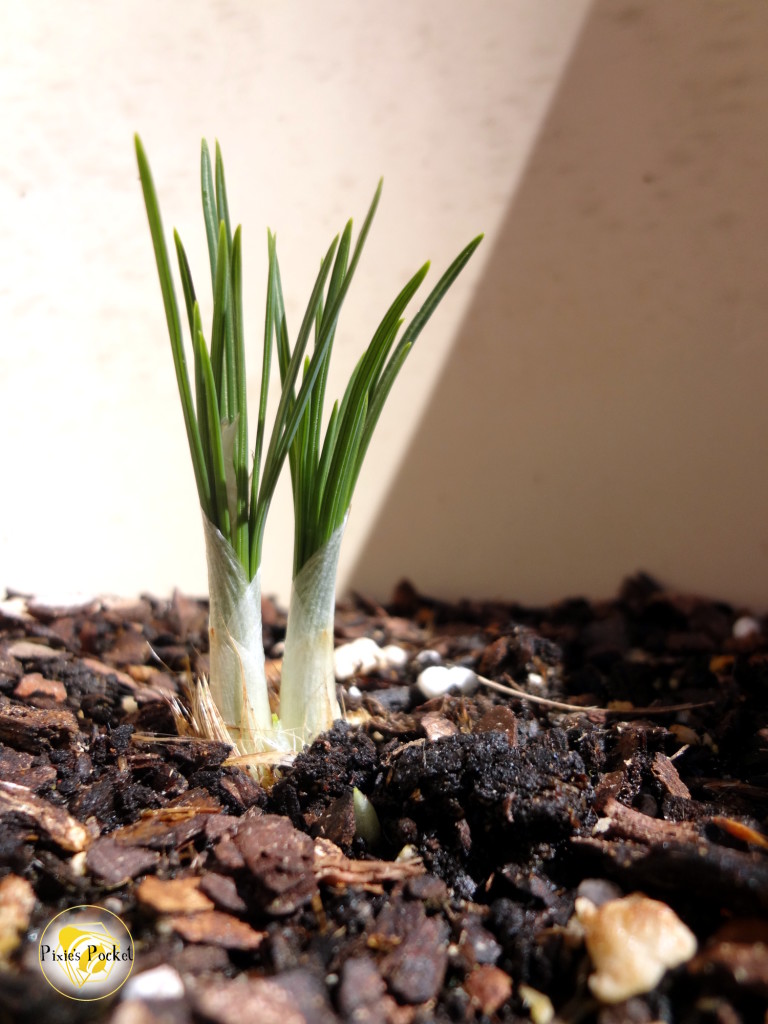
Mary, Mary, Quite Contrary
How does your garden grow?
There is so much that you can learn from watching a plant grow. It does not matter where you live…get a pot of dirt. Get some seeds. Put the seeds in the dirt and water it. Talk to the seeds, if you like. Sing to them, pray, or just send your good wishes to them. Let them know you want to see them pop up and then just watch the process.
Pay attention. If the soil looks dry, water it. If the plants look yellow and sad, water them a little less often. If the stems are leggy and long, move the plants into more light.
Learn to forgive yourself. I’ve killed many, many plants on my way to learning how NOT to kill them. It’s a process, and one you must learn to be kind to yourself about. Learn the language of the plants so that you learn what they need, and keep trying.
Seed sources:
Sow True Seed – I park and walk past their headquarters in downtown Asheville regularly! They are an excellent source for heirloom, organic seeds.
Richters – a wonderful company in Canada who has all sorts of interesting Saliva, tons of geranium in various scents…altogether a good source for hard to find live plants and seeds.
Search your area for an heirloom seed resource. These are usually seeds that have been grown and propagated by families for centuries, an older stock of fruits and veggies that are acclimated to your area. Your local Master Gardener’s association might have some specific names for you!
A list of Herbal Education Resources:
Here’s a list of websites, schools, certification courses, and other places where you can learn more about herbs. I fully and honestly endorse these classes, but there are a few that also give me a small bit of commission if you choose to visit and enroll in their classes. You can learn more about my affiliate relationships here.
Free Resources for Herbal Education
Subscribe to my newsletter! I’ve been walking the herbal path for 20+ years now, and I’m still constantly learning. I’ll keep sharing my experiences with herbs, and you have lots of options on how often to receive emails from me.
Intoxicated on Life blog has a great post called “Herb Gardening for Beginners” that includes both food and medicinal herbs. Planting the herbs and experiencing them from soil to dinner plate or teacup is a wonderful way to learn!
LearningHerbs.com has a free basic class, too!
Paid Resources for Herbal Education & Certification
If you want to take your herbal education further and perhaps seek certification or at least a deeper understanding of herbal medicine:
Homespun Seasonal Living has a few different courses that are great for beginners. Here are some highlights:
The Fiercely D.I.Y. Guide to Seasonal Living – “The Fiercely D.I.Y. Guide to Seasonal Living will get you on the path to a lifestyle centered around the natural cycles of the earth.” From food to gardening to crafts and beyond! Author Kathie Lapcevic offers this course as a PDF download or a wire-bound physical book, and both include extra printables like coloring pages, recipes, charts, and more.
The Herbal Academy is a good option for all levels of herbal experience – they offer a slew of focused herbal courses such as the Family Herbalist Package, Clinical Herbalist Package, and full courses in introductory, intermediate, and advanced herbalism.
The Herbarium Membership – The Herbarium is an online resource for herbalists that includes reference materials. It is part of the Herbal Academy. Join to gain access to herb monographs, a forum, and exclusive ebooks and special offers. This resource provides a great platform for a beginning herbalist. It also helps to support experienced herbalists in the continuing development of their craft.
Chestnut School of Herbal Medicine is from my neck of the woods. I’ve met the teachers and have nothing but respect for them and for their craft! Try their Online Herbal Medicine Making Course if you are brand new to your herbal path. The Online Herbal Immersion Program is a much more in-depth course. Check it out, and enjoy the free video/pdf of herbal honey-making!
Continuing Education and Other Resources:
Join the United Plant Savers! They send at-risk seeds to their members at discounted prices to encourage the replanting of native medicinals. They also support native plant sanctuaries.
The Plant Healer Magazine is a constant source of inspiration for me! Read lore and wisdom from folk healers and find a vibrant, verdant wellspring from which to draw.
Get updates from Pixie's Pocket: brewing and herbs in your inbox:
Posted In "Let's Talk About" Series, Ask A Pixie, Herbal Recipes, Herbalism
Amber Shehan
Hi! I'm Amber Pixie, and this is my site. Enjoy the recipes, information, posts, and please feel free to message me if you have questions!
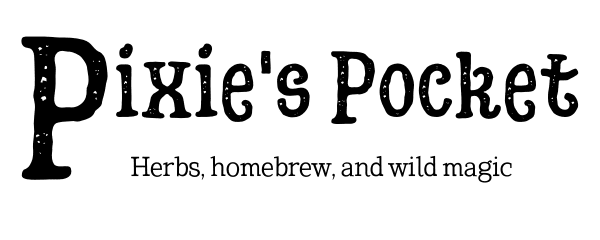

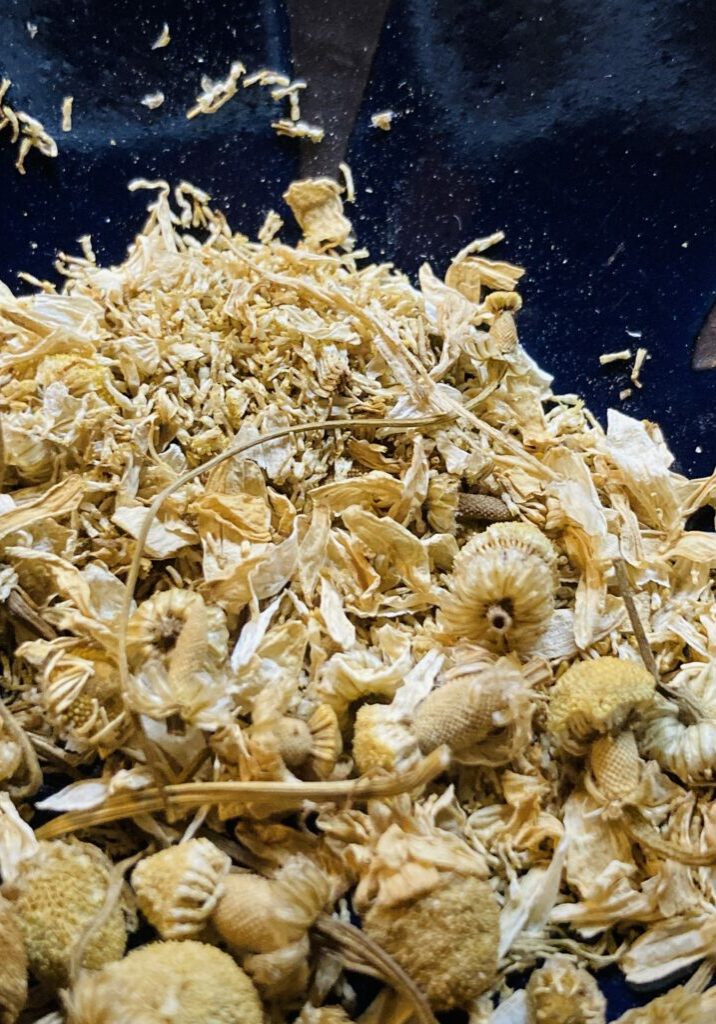

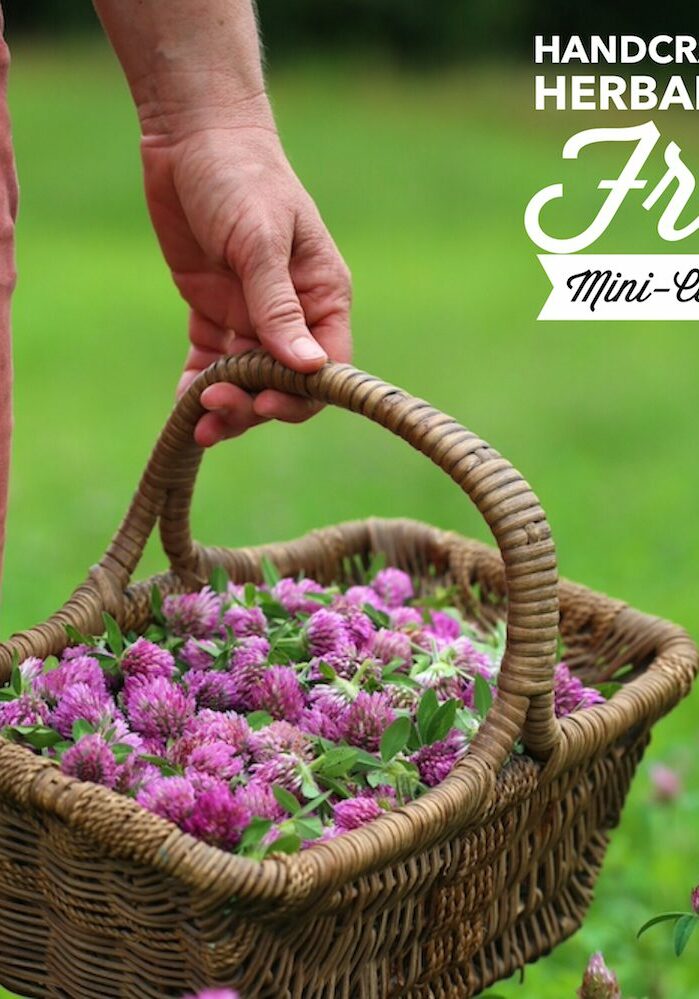
[…] Read more From Source (adsbygoogle = window.adsbygoogle || []).push({}); […]